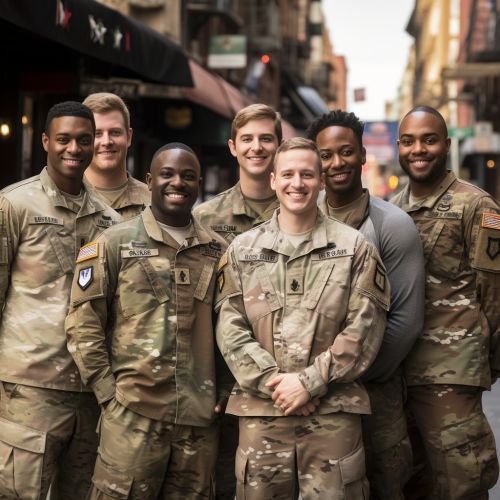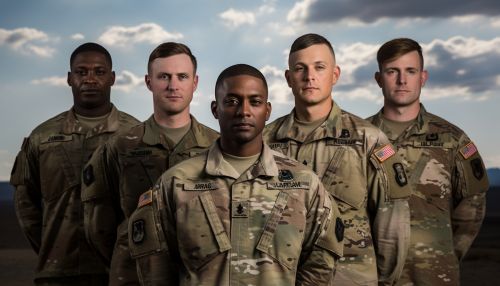United States military
Overview
The U.S. military is one of the largest and most powerful military forces in the world. It is composed of five branches: the Army, Navy, Air Force, Marine Corps, and Coast Guard. Each branch has its unique mission, structure, and operational doctrine, but they all work together to protect and advance the interests of the United States both domestically and internationally.


History
The history of the U.S. military dates back to the Revolutionary War in the late 18th century. Since then, it has evolved in response to changing threats and technological advancements. The U.S. military has played a significant role in major global conflicts, including the First and Second World Wars, the Korean War, the Vietnam War, and the Gulf War. It has also been involved in numerous other military operations, peacekeeping missions, and humanitarian efforts around the world.
Structure
The U.S. military operates under a hierarchical command structure, with the President at the top as the Commander-in-Chief. Below the President, the Department of Defense (DoD) oversees the military's operations. The DoD is headed by the Secretary of Defense, who is a civilian appointed by the President. Each branch of the military has its own chain of command, but they all ultimately report to the Secretary of Defense.
Personnel
The U.S. military employs millions of people, both in active duty and reserve roles. This includes enlisted personnel, non-commissioned officers, and commissioned officers. The military also employs a large number of civilians in various support roles. Military personnel are subject to the Uniform Code of Military Justice (UCMJ), a set of laws and regulations that govern their conduct.
Training
Training in the U.S. military is rigorous and comprehensive, designed to prepare personnel for the physical, mental, and emotional challenges they may face in service. This includes basic training, advanced individual training, and ongoing professional development. The military also operates several service academies and professional schools, such as the U.S. Military Academy at West Point and the Naval Academy at Annapolis.
Equipment
The U.S. military uses a wide range of equipment, from small arms and combat vehicles to aircraft and naval vessels. This equipment is constantly being updated and replaced as technology advances. The military also uses a variety of support equipment, including communications systems, logistics vehicles, and medical equipment.
Operations
The U.S. military conducts operations all over the world, both independently and as part of international coalitions. These operations can range from combat missions to peacekeeping operations, humanitarian aid, and disaster relief. The military also plays a key role in domestic security and disaster response within the United States.
Future
The future of the U.S. military is shaped by a variety of factors, including geopolitical trends, technological advancements, and budget constraints. The military is constantly adapting to these changes, seeking to maintain its effectiveness and readiness in a rapidly changing world.
